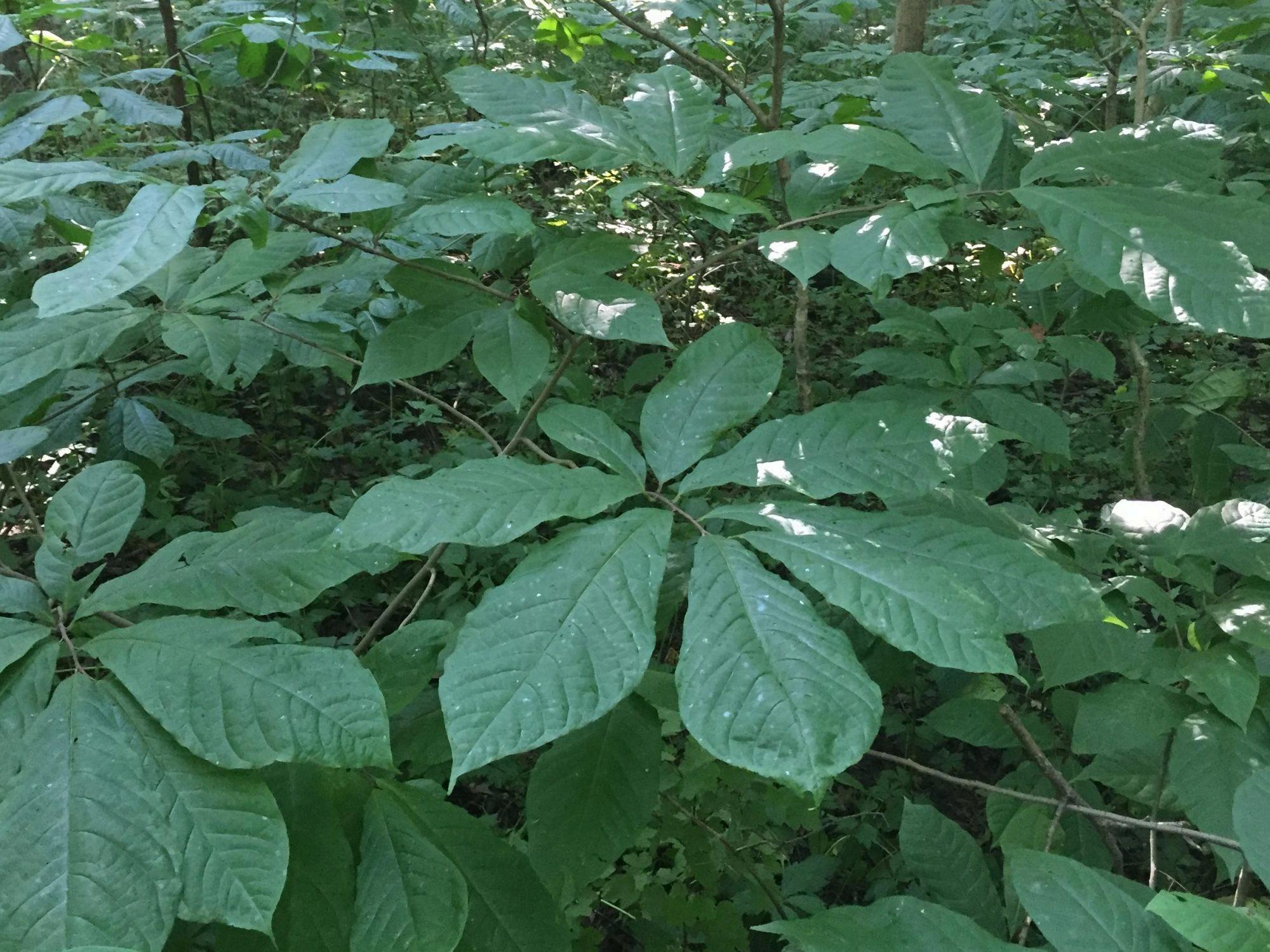


During this time of the year gardens cycle into late season blooms as insects continue to forage for food amongst the flowers. In this issue we’ll look at what these late blooms are and discuss how certain plant hosts are critical for insect life cycles.
Late Bloomers
Another planting window is upon us, and despite what you may think, this is a great time of year to get new plants into the ground. Without the stress of summer heat, planting is more pleasant for gardeners, plus the seasonal conditions will still allow plants time to grow and establish their roots. If you’re looking to fortify pollinators in your garden, late blooms at this time of year are critical. These lingering flowers are vital for providing late season sources of pollen for insects after most other flowers have come and gone. We call this newsletter “Perennial Pages” because we mostly cover plants that fade in the winter and come back year after year. There are plenty of other beneficial plant categories besides perennials, and you’ll find mention of an interesting native tree below.
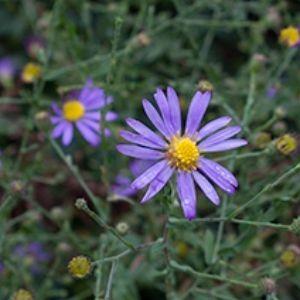
Late Purple Aster, Spreading Aster (Symphyotrichum patens) Aster varieties come in many colors, shapes, and sizes and are a great replacement for annual mums. While both asters and mums provide mounding color that lasts well into fall, the native asters support wildlife and are a food source for many insects. Another benefit to choosing asters for your garden is that they are perennial that will come back year after year.
Photo: Late purple aster, (Credit: NC State Extension)
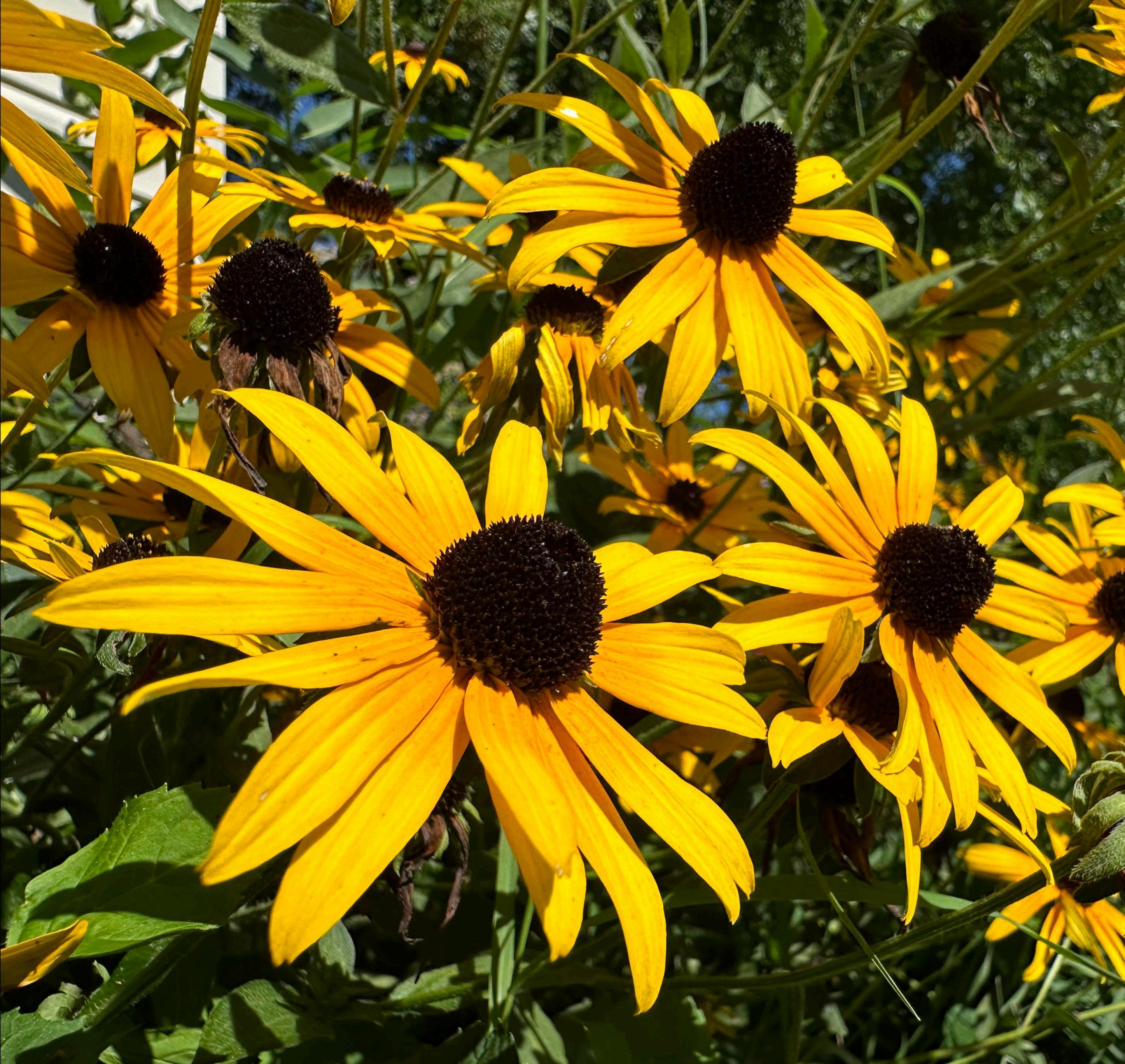

Black-eyed susan (Rudbeckia hirta) With its bright yellow petals with a black center, the black-eyed susan is a colorful addition to any yard. This flower also provides pollen and nectar for bees and butterflies and food for many other insects. Often seen in fields and meadows, this flower is a biennial meaning that the seeds sprout in the first year, then it flowers in the second year.
Goldenrod (Solidago sp.) This beautiful golden flower was mentioned in our last issue and it makes the list again. With many varieties with different heights and flower shapes, there’s sure to be a goldenrod that fits into your landscape. With blooms occurring in late summer and early fall, goldenrods and asters are vital for providing late season sources of pollen for insects after most other flowers have come and gone. Goldenrods are also an important source of food for specialist bees.
Check out previous issues of Perennial Pages for even more tips and tricks!
There’s only one plant for me!
Many know that butterflies undergo quite the transformation. First hatching from an egg, butterflies grow into caterpillars that eventually form a chrysalis and ultimately emerge as a butterfly.
Did you know that many butterflies and other insects depend on specific plant species in order to complete their life cycle? Most insects can feed on a variety of plants, and most plants can feed a variety of insects. Interestingly though there are a few insects which are monophagous meaning they are picky eaters and can only feed on one specific plant type.

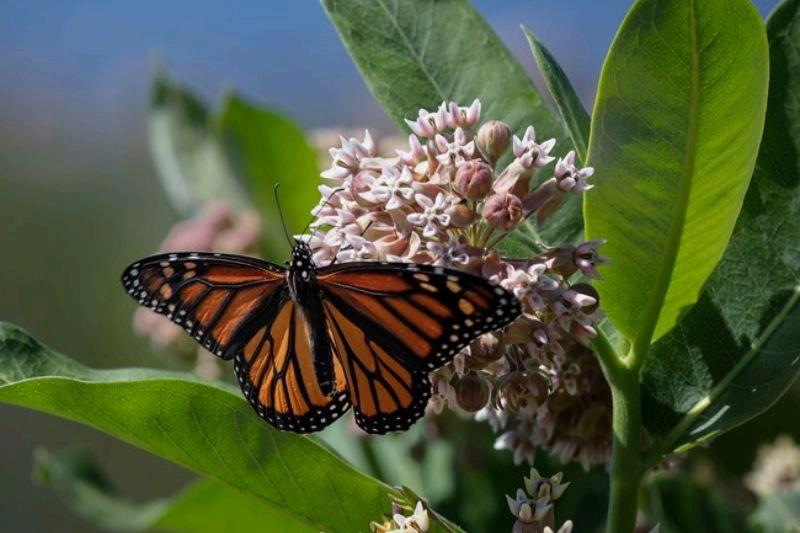
Monarch caterpillars (Danaus plexippus) require plants in the Asclepias genus, commonly known as milkweed. Milkweed has toxic leaves to most insects, however, monarch caterpillars have adapted to not only consume, but to also store those plant toxins in their bodies as defense against predators. The monarch caterpillars have bright markings that warn hungry birds that they better stay away, for if they try a bite, they’ll have a nasty taste in their mouth or an upset tummy to contend with.


Zebra swallowtail caterpillars (Protographium marcellus) are very specific to the pawpaw tree. Zebra swallowtails can be found on the Eastern half of the U.S. wherever the pawpaw trees grow. The caterpillars only eat pawpaw leaves and require these to make it to adulthood. Just like milkweed, pawpaw leaves repel most insects, birds, and browsing mammals, however, the zebra swallowtail has adapted to be able to consume pawpaw leaves and store the toxins into its body as a defense mechanism.
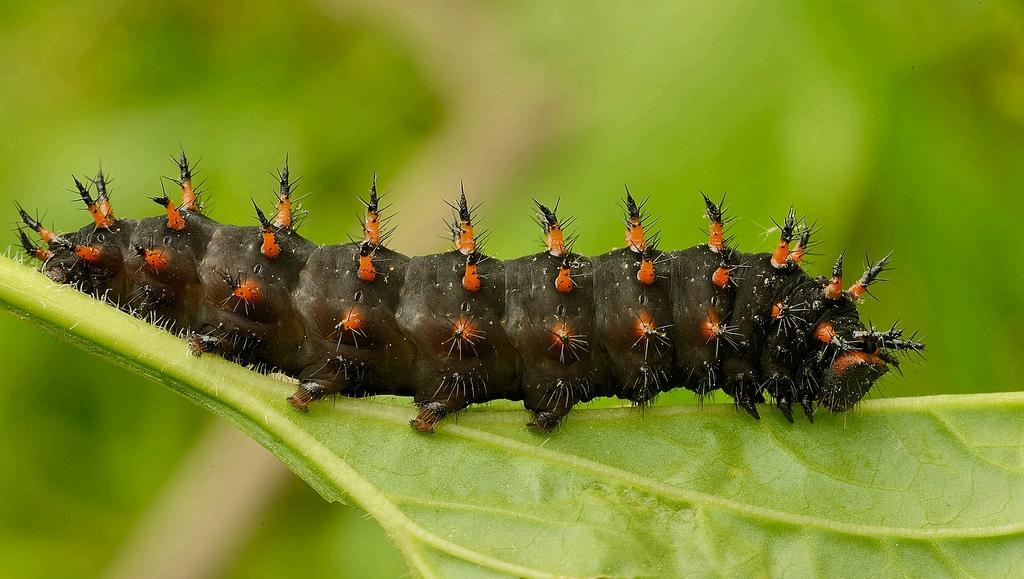
(Credit: Bob Cammarata.)

As caterpillars, all fourteen species of greater fritillaries (genus Speyeria) and all sixteen species of lesser fritillaries (genus Bolloria) must eat violets (Viola sp.) to complete their life cycle (Xerces Society). Often seen as a lawn weed, the violet plays a crucial role for our pollinators. We urge you to think twice before spraying herbicide chemicals or hand pulling to eliminate these native and naturally occurring plants. Violets are also an important pollinator for the specialist bee species Andrena violae. You can read more about specialist bees in our previous issue of Perennial Pages.
By adding diverse plants to your garden you can support many different species of insects by providing the plants that insects need to complete their life cycle. This also means you can select which insects you want to attract to your garden and plant those plants to attract them!
What’s a Pawpaw?
As mentioned above, the pawpaw (Asimina triloba) is an important host plant for the zebra swallowtail caterpillars (Protographium marcellus). This tree thrives in the understory of deciduous forests and can grow up to 40 feet tall. Fruits begin to ripen in early fall, so keep an eye out for them over the next few weeks. The fruit has been described as having a taste that is a mix between a mango and a banana. It can be eaten right off the tree or baked into puddings and pies. Interestingly, most mammals don’t seek out these fruits and they often fall to the ground to rot.
The seeds of the pawpaw fruit are very large and do not have any apparent mode of dispersal, other than by people. Seed dispersal is how a seed uses the forces of nature to move about and away from parent plants. Some seeds have fluffy tufts
that carry them in the wind, floating shells to carry them along rivers, or even tasty flesh to encourage mammals and birds to eat them and deposit the seeds elsewhere once digested. However, because most animals are not attracted to its fruit, the pawpaw seeds do not seem to have a functioning seed dispersal mechanism. There is a theory that the pawpaw originally evolved alongside megafauna ancestors, such as elephant-like mastodons and giant sloths. After eating the fruit, these giants would digest and deposit the pawpaw seeds as they moved from one location to another. To learn more, visit this article by Blue Ridge Discovery Center.
